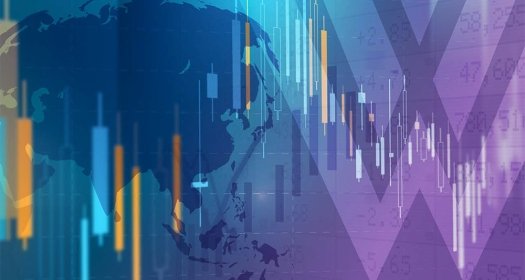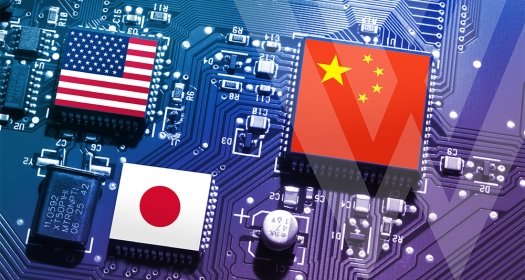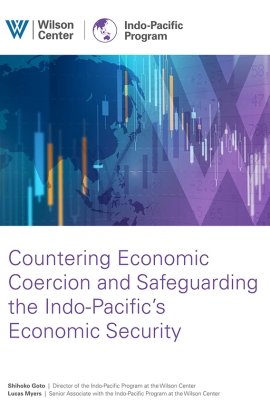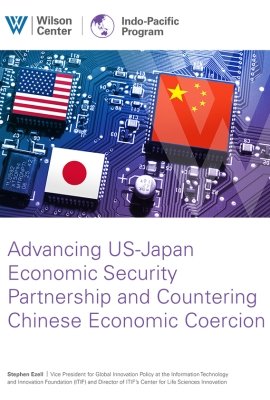Taking the US-Japan Alliance to New Heights
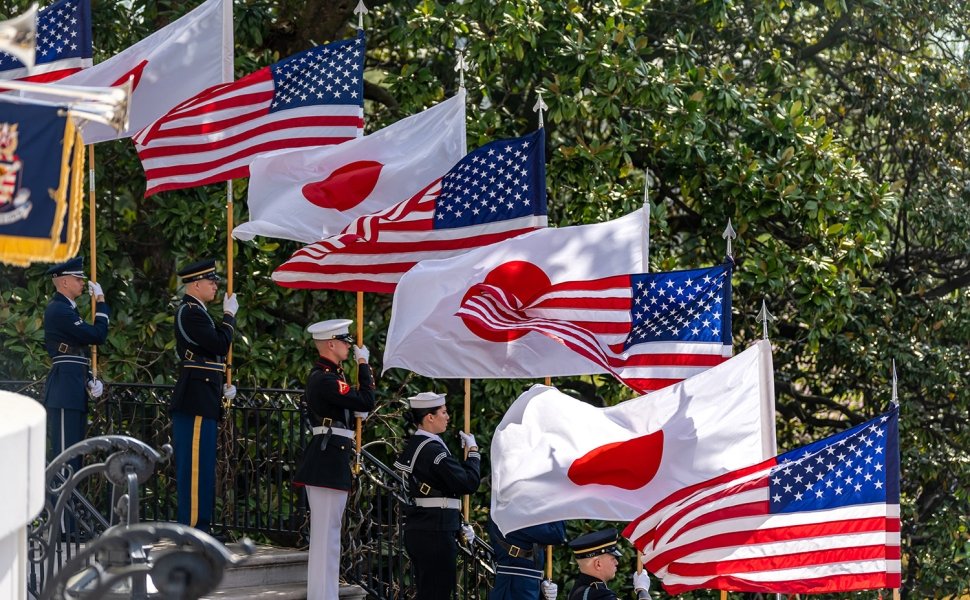
This report by Shihoko Goto and Lucas Myers explores PRC economic coercion, provides a strategic-level policy agenda to address the issue over the long-term, and assesses several challenges facing US-Japan economic security.
Read moreThis report by Stephen Ezell argues that the United States and Japan must make a concerted effort to mutually advance their economic security and counter Chinese economic coercion, while bringing other allied nations aboard the enterprise.
Read moreExplore more related to this collection
2
results

Indo-Pacific Program
The Indo-Pacific Program promotes policy debate and intellectual discussions on US interests in the Asia-Pacific as well as political, economic, security, and social issues relating to the world’s most populous and economically dynamic region. Read more

